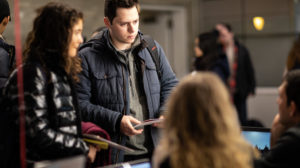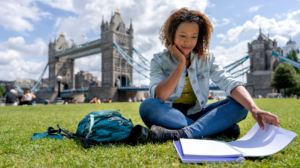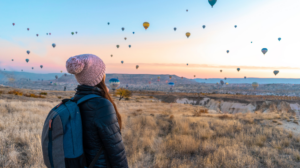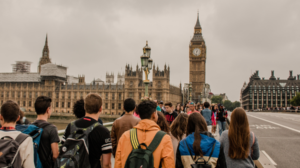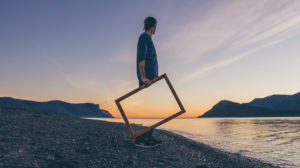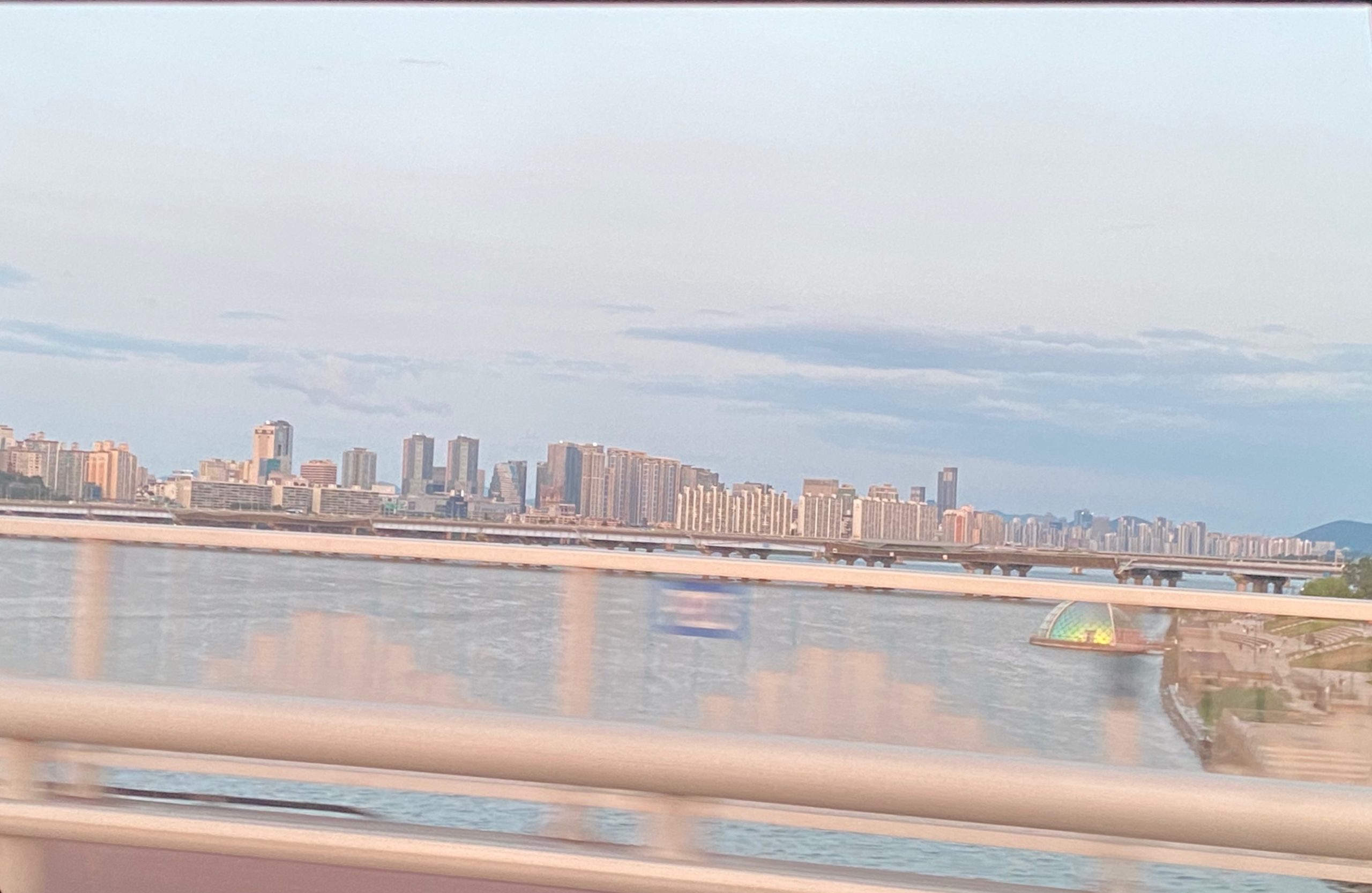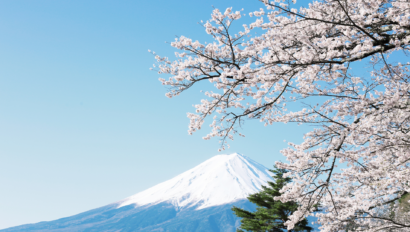Aug 27, 2021
Dear future me,
Our contemplative time together is finally coming to a close. The future I’m speaking to is just tomorrow: the day when you will finally be released from the 14-day quarantine set by the Korean government for incoming travelers.
Sitting in a tiny studio apartment in the heart of Seoul for half a month has given me a lot to think about. For one, I’ve endlessly daydreamed about what Korean life is actually like; though these daydreams are based only on the ~4 hours I’ve spent outside of my room for the walks to and from the COVID-19 testing center.
Upon landing in Incheon International Airport and handing in my various forms, I was whisked away to a section of customs where I handed over my phone to a security agent. A tracking app was installed, and my quarantine location was meticulously put into the GPS system on it. After two weeks, it’s become second nature to keep my phone charged at all times, to dutifully log my temperature twice a day, and to open my phone every few hours, all to avoid the incessant notifications and calls that appear otherwise. It’s becoming hard to imagine that I can simply delete it off my phone in less than 24 hours and start my new life.
The new life ahead of me will likely have a lot more things to do than my daily quarantine routine. Aside from sleep, my days have consisted of experiencing an extraordinary amount of Korean television shows (in the name of immersion, of course), watching a minor typhoon sweep over Seoul, and ordering groceries and meals through delivery to my doorstep.
My favorite television series has become a show called “Naked World History (벌거벗은 세계사)”. Every week, the theme of the show is a different country. They bring in an expert on the country of the week, as well as a panel of guests, who are encouraged to ask questions and try to guess what happens next in the country’s history. I understand this may sound a bit boring/overly academic to some, the show genuinely seems to encourage lots of interaction, humor, and genuine questions from the viewers. I’ve felt that this version of telling historical stories resonates with me a lot better than sitting down and watching a formal documentary.
Also, an important note on food delivery in Seoul: we, the American people, need to start asking for more from UberEats.* I have yet to pay more than $20 for a meal (that’s including all fees!), and my food always arrives lava-hot within the hour. But more than that, everything is meticulously wrapped, double-wrapped, and perfectly Tupperwared. This is well justified since food delivery happens on motorbikes, and there are estimated to be 220,000 delivery drivers in all of South Korea. In the one-hour taxi ride to my quarantine apartment, at least a dozen such drivers whizzed past our car.
*Note: I mean of food delivery companies as a whole. I do not mean individual drivers, they do so much for us already and are just trying to make money!
Here are two of my favorite dishes that I’ve ordered; I’ll have to remember to visit these restaurants in person!
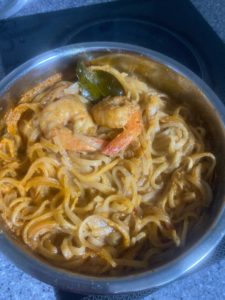 This highly Instagrammable Thai soup from Tabe Thai (타베타이). This is tom yum goong, a rich, flavorful, hot-and-sour Thai noodle soup with shrimp. Just this USD$11 “small” soup fed me for 3 meals! I also appreciated the Japanese pun in the restaurant’s name: “食べたい (tabetai)” means “I want to eat it!” in Japanese!
This highly Instagrammable Thai soup from Tabe Thai (타베타이). This is tom yum goong, a rich, flavorful, hot-and-sour Thai noodle soup with shrimp. Just this USD$11 “small” soup fed me for 3 meals! I also appreciated the Japanese pun in the restaurant’s name: “食べたい (tabetai)” means “I want to eat it!” in Japanese!
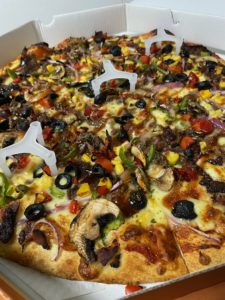
This massive “smoked bulgogi pizza” was from Pizza Company Hongdae (피자컴퍼니 홍대). While the definition of bulgogi (불고기, literally “fire meat”) has evolved over the centuries, today it usually refers to thinly sliced, marinated meat, usually beef, that is cooked quickly on a hot griddle/barbecue. The typical sauce/marinade on this beef is so distinctive and delicious that you can find it all over Seoul, including burgers and apparently pizza!
And finally, of course, no list of daily quarantine activities would be complete without mentioning my downright religious amount of Duolingo usage. Moving to a country where you don’t know a word of the language isn’t easy, but the alliance I’ve formed with that little green owl will certainly help me face the real world (I hope??). Next week, I’ll begin my regimen of a 2 hour “Korean Language Intensive” class every weekday, so I’m curious to see how 15 minutes of practice a day will help me. The other day, I successfully yelled “thank you!” to the delivery driver when he dropped my food at my doorstep, so I really think I’m going places.
To my readers: thank you for reading, to me: sleep well, and to all of us: stay safe!
Mira
P.S. Students attending Northeastern in-person this semester, please say a thank-you to the workers at the Boston campus testing center for me. In Seoul, the test involves the “old” nasopharyngeal kind of nose swab (lovingly referred to as the “one that feels like it touches your brain”). It goes up each of your nostrils, and then a second swab, this time of your throat, is performed. I felt very safe during the process, and my results came back in less than 24 hours, but these swabs have been enough to caution me to not do anything stupid while abroad. I’m certain that the knowledge that I could get another nasopharyngeal swab if I show symptoms will haunt the back of my brain (and the back of my throat) for months to come.

